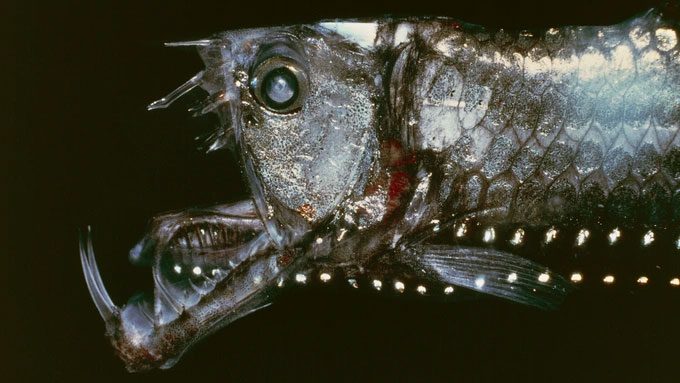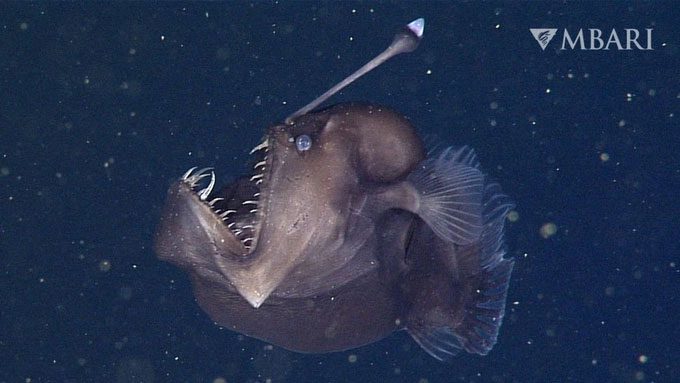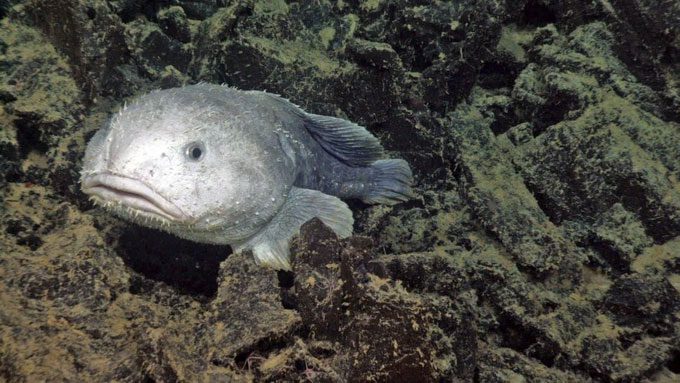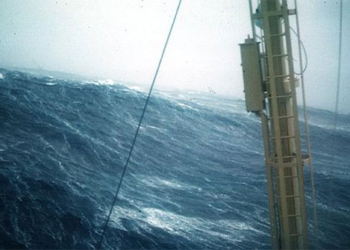Deep-sea fish have developed unique features to thrive in the harshest environments on Earth.
Many species of fish that live on the ocean floor might make you shudder at the sight of their appearance. At one point, they were even referred to by the nickname “sea monsters.”

Sloane’s Viperfish has large, transparent teeth and a band of light-emitting organs called photophores along its belly. These features help it survive in the deep sea. (Photo: Getty).
We are talking about fish with gaping mouths, bulging, cloudy eyes, bodies that glow in the dark, and sharp fangs protruding outward.
But the question is, why do these fish have such bizarre characteristics?
According to Mary McCarthy, a marine biologist at the Monterey Bay Aquarium in California, the strangeness of deep-sea fish largely reflects the harsh environment in which they live.
“The deep sea is a truly harsh place to make a living,” McCarthy states. “Many species have had to adapt various traits to survive in that environment.”
While images of schools of fish swimming joyfully in aquariums, alongside coral reefs and starfish, may captivate you with the beauty of the ocean floor, the reality is far more brutal.
Odd Creatures of the Ocean Floor

The anglerfish (genus Melanocetus) uses bioluminescence to attract prey in the deep sea. (Photo: MBARI).
At depths of about 200 meters below the water’s surface, there is very little to no light. The pressure is high, food sources are scarce, and temperatures are much colder than in the rest of the ocean. It is estimated that the average temperature is just above freezing at around 4 degrees Celsius.
Due to the limited opportunities to hunt for food, deep-sea fish have developed various features to capture prey. One of these is their enormous, gaping jaws.
For example, the Sloane’s Viperfish (Chauliodus sloani) has fangs so large that it cannot close its mouth. If it did, it would pierce its own brain.
These razor-sharp teeth are also oddly colored, being completely transparent. This helps them conceal their “weapons,” causing unsuspecting prey to not realize their fate until it’s too late.
Other deep-sea fish, like the Pelican Eel (Eurypharynx pelecanoides), have mouths that comprise most of their bodies, allowing them to catch and swallow large fish.
Some deep-sea predators have a secret weapon that makes them “magnets” for hunting. That is bioluminescence – or the ability to produce light.
Perhaps the most famous among them is the “anglerfish”, which includes over 200 different species that can lure prey by using glowing light in a fishing rod-like appendage on their heads.
This light attracts smaller marine creatures to an area where food is limited. While the unfortunate prey thinks it is about to be engulfed by a tiny glowing organism, in reality, it is about to become a meal for a fearsome predator.
Most of these fish are dark gray or brown, with large heads and massive, crescent-shaped mouths filled with sharp teeth.
Some deep-sea fish, such as the Giant Barreleye (Argyropelecus gigas), can obscure their glow to blend in with their surroundings. This mechanism allows them to attract prey while simultaneously hiding from potential threats.

The Blobfish lives at depths of 1,525 meters below the ocean surface. (Photo: UW/NSF-OOI).
This emission or alteration of light results from a chemical reaction within the fish’s body. There, a luminescent compound called “luciferin” combines with “luciferase enzyme” to produce a photon – or a particle of light.
Another common characteristic found in deep-sea creatures is their delicate body structure.
Found in the waters off Australia and Tasmania, the Blobfish (Psychrolutes marcidus) lives at depths of 600 to 1,200 meters, where the pressure can be over 100 times greater than that at the surface.
To survive in this harsh environment, the blobfish has adapted with an unusually soft body, lacking a true skeleton.
This causes the fish to collapse into a gooey mass when brought closer to the surface. This is also why it was dubbed “the world’s ugliest animal” in 2013.
Strange or Ordinary?
However, all these features are completely normal, not at all bizarre to them. Just as the deep-sea creatures might question similarly when they see land-dwelling inhabitants.
“The deep-sea environment is very dark, cold, with low oxygen levels and high pressure, so it will differ from what we are accustomed to,” McCarthy explains. “Those are strange characteristics to us, but completely normal for them.





















































